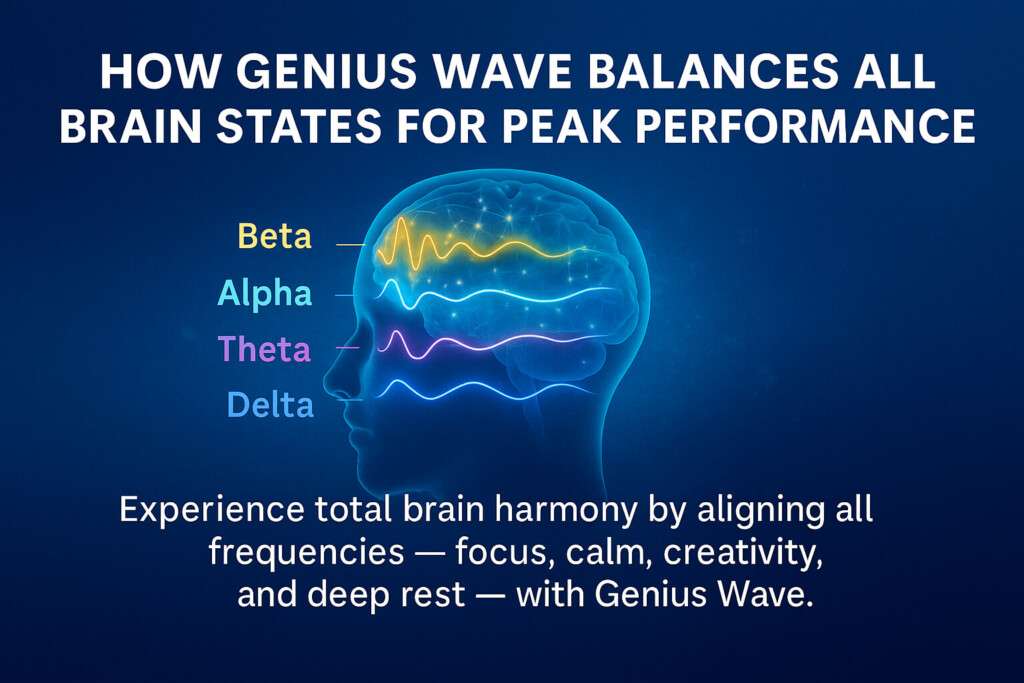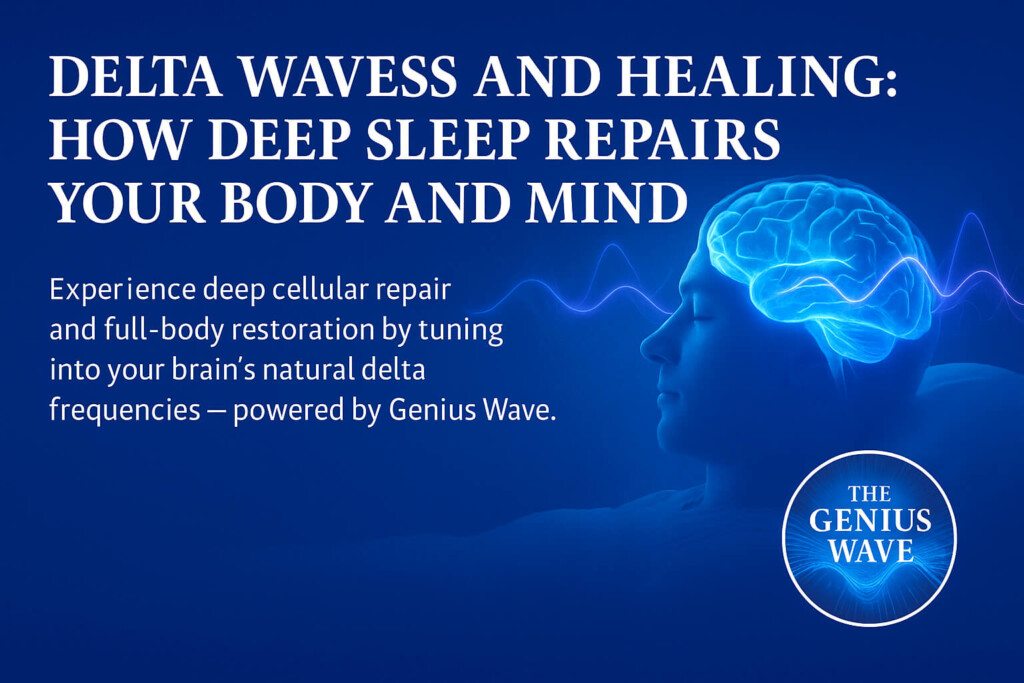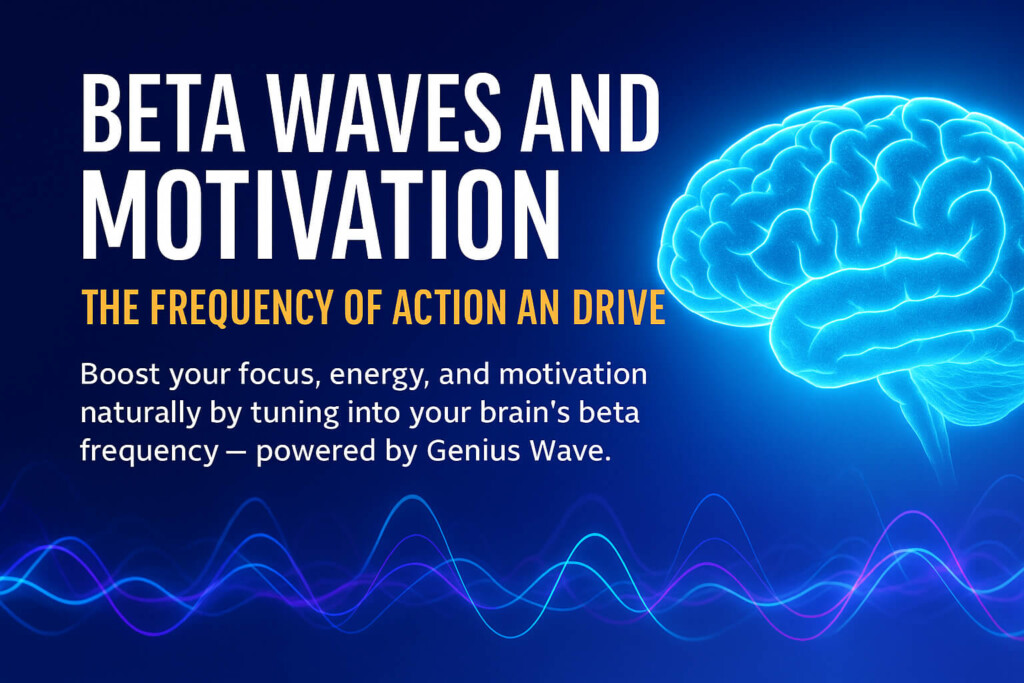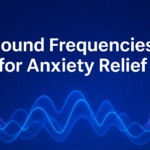Now Reading: Binaural Beats for Anxiety Relief: Can Sound Therapy Calm Your Mind?
- 01
Binaural Beats for Anxiety Relief: Can Sound Therapy Calm Your Mind?
Binaural Beats for Anxiety Relief: Can Sound Therapy Calm Your Mind?
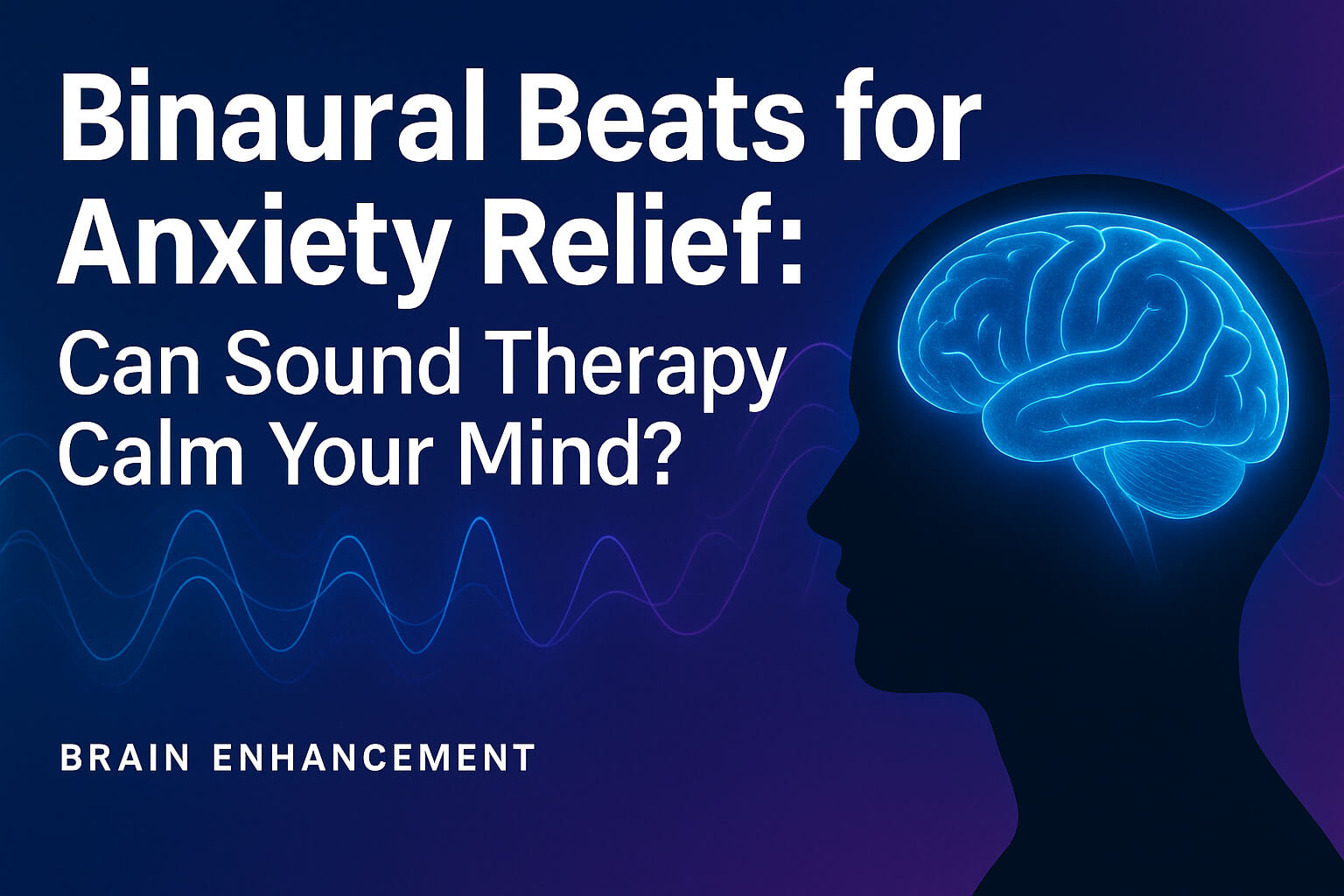
🌿 Introduction: When the Mind Won’t Slow Down
In a world where anxiety has become a daily companion, many people are turning to sound therapy as a natural way to restore peace.
Among the most promising tools is binaural beats — a method that uses sound frequencies to gently influence your brain’s emotional state.
But how do these frequencies actually calm your mind?
Let’s explore the science, benefits, and the right way to use them for anxiety relief.
🧠 What Are Binaural Beats?
Binaural beats are created when each ear receives a slightly different sound frequency.
For instance, if your left ear hears a 210 Hz tone and your right ear hears 200 Hz, your brain perceives a 10 Hz beat — the difference between them.
This rhythmic beat encourages your brain to enter specific frequency states:
Alpha waves (8–13 Hz): Relaxation and calm focus
Theta waves (4–8 Hz): Deep meditation and emotional release
Delta waves (0.5–4 Hz): Deep sleep and recovery
These frequencies mimic the mental states associated with peace, clarity, and tranquility — making them powerful tools for easing anxiety.
💫 The Science Behind Sound Therapy and Anxiety
Your brain constantly synchronizes to external stimuli — a process called brainwave entrainment.
When you listen to binaural beats, your neurons begin to match the rhythm of the frequencies, naturally shifting your mental state.
Research published in Frontiers in Psychiatry (2019) showed that participants who listened to Alpha and Theta range binaural beats experienced:
Lower heart rate
Reduced cortisol levels
Improved emotional regulation
In other words, these frequencies train your brain to relax, even in stressful moments.
🌊 How Binaural Beats Calm Anxiety
When your mind is anxious, your brain often operates in high Beta wave activity — the frequency associated with alertness and worry.
By introducing Alpha or Theta frequencies, binaural beats gently guide your mind out of overthinking and into relaxation.
Over time, consistent listening can:
Lower the intensity of anxious thoughts
Improve sleep quality
Increase resilience to daily stress
Create emotional balance through rhythm and repetition
🎧 How to Use Binaural Beats for Anxiety Relief
To get the most out of sound therapy, consistency and mindfulness are key.
Here’s how to use them effectively:
Use stereo headphones — they’re essential for binaural perception.
Find a quiet space where you won’t be disturbed.
Start with 10–15 minute sessions daily.
Pair with deep breathing or meditation.
Avoid multitasking — let your mind fully absorb the rhythm.
Many listeners find that combining binaural beats with guided visualization or affirmations amplifies the calming effect.
🧩 Real-World Benefits Reported by Listeners
Users of frequency-based audio programs like Genius Wave report:
Improved mood regulation
Decreased restlessness
Better focus during stressful situations
Enhanced sense of well-being
While not a substitute for therapy, binaural beats are a complementary tool that can make your self-care practice more effective.
🌌 Final Thoughts: The Sound of Serenity
So, can sound therapy truly calm your mind?
✅ Yes — when used with intention.
Binaural beats offer a simple, non-invasive way to guide your mind toward calm.
With consistent practice, they can reprogram your stress response and teach your brain to find balance naturally.


